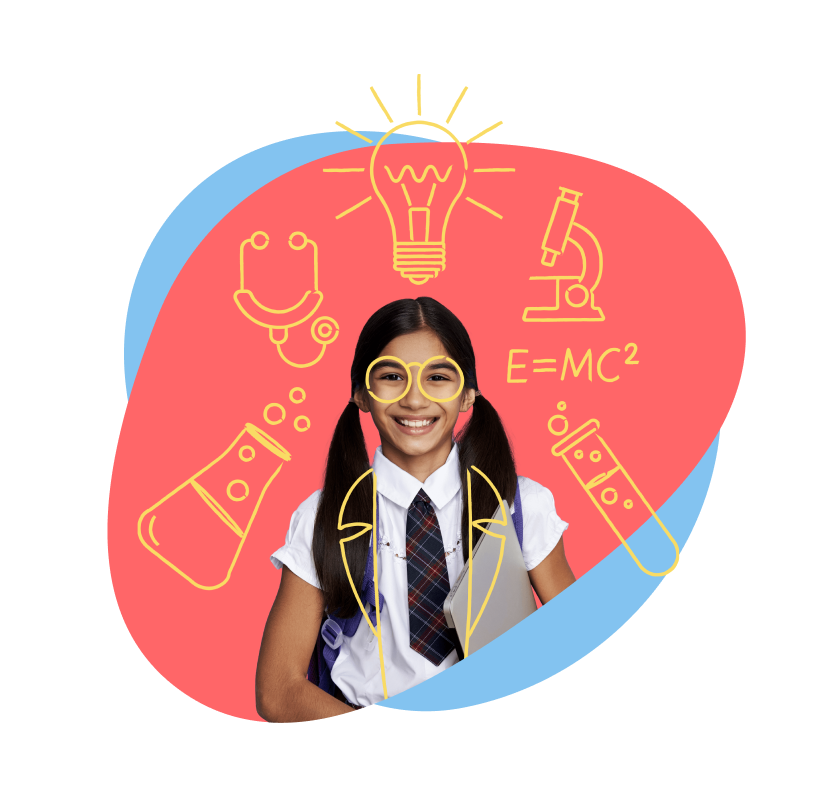When it comes to reading online vs. offline, what is the better choice for students? Online learning is now a common and accessible way to learn for many students. Teachers can send links to recommended reading materials and finding sources for essays or research projects is simple.
But when it comes to reading for learning, research shows that reading from paper is the better choice.
Two Kinds of Reading
There are two main kinds of reading: linear and non-linear reading.
- Linear reading: the reader reads the text from the left to the right start to finish. Also known as slow reading or deep reading.
- Non-linear reading: the reader skims material jumping to different sections. Also known as scattered reading.
Reading on Screens
When it comes to choosing to read online vs offline, online reading may seem like the easy choice. However, online reading can be very distracting. While it is easy to get information from online sources, the brain processes digital reading differently than it does when reading offline from paper.
- Shallower Processing. Online means constant exposure to fast-paced, and rapidly changing information. Digital media trains the brain to process information more rapidly and less thoroughly leading to what is known as the shallowing hypothesis. Shallow processing retains fewer details.
- Hard On The Eyes. Constantly looking at the blue light from screens can be hard on the eyes over time. While it is not often perceptible, most screens flicker at a high rate which can cause visual and sensory fatigue. Some e-readers use different light forms than computers in order to reduce eye strain.
- Less structured. For both school and for pleasure, online time is often run on autopilot. It’s simple to just click the next link and keep scrolling without having to use too much brainpower. Even when going online with the intention to learn, because the internet is also used for pleasure, it’s to get distracted.
- Drains Mental Resources. Processing the constantly flickering screens and filtering out pop up ads, and other distractions when reading online can easily drain mental resources, making the online reading experience less effective
Reading on Paper
Though it may be old fashioned, research continues to show that when it comes to reading for learning, paper reading has many more benefits than online reading does.
- Deep Reading. When holding a book, we receive reminders of how many pages we’ve read and how many remain. We can flip pages to reread text as needed The text itself provides a “landscape” as we read that helps the memory centre become more active.
- Multiple Senses. There is research that shows that information is processed more effectively when multiple senses are used. Touching, seeing, feeling, even smelling the book lead to more sense in use when reading a book.
- Intentional. It’s easy to be distracted and fall into the habit of mindless scrolling online. This is less likely to happen when reading a book, as the act of opening a book, find the place where you left and choosing to start reading is an intentional choice that can make reading more effective.
- Increases retention and comprehension. When we read, our brains construct a map of the text, like recalling that a piece of information appeared near the top, left-hand page of a book. This map can boost understanding of the material as well as how long we remember it.
Read on Paper Every Day
Today’s children are digital natives, which means that computers have always been part of their daily lives and screentime part of their education and recreation. To ensure that digital natives have deep reading skills, it’s important that paper reading be part of every students’ daily routine.
When it comes to studying or reading for school if there is an option to choose between reading online vs. offline, choosing paper reading helps students have a deeper understanding of the subject material.




